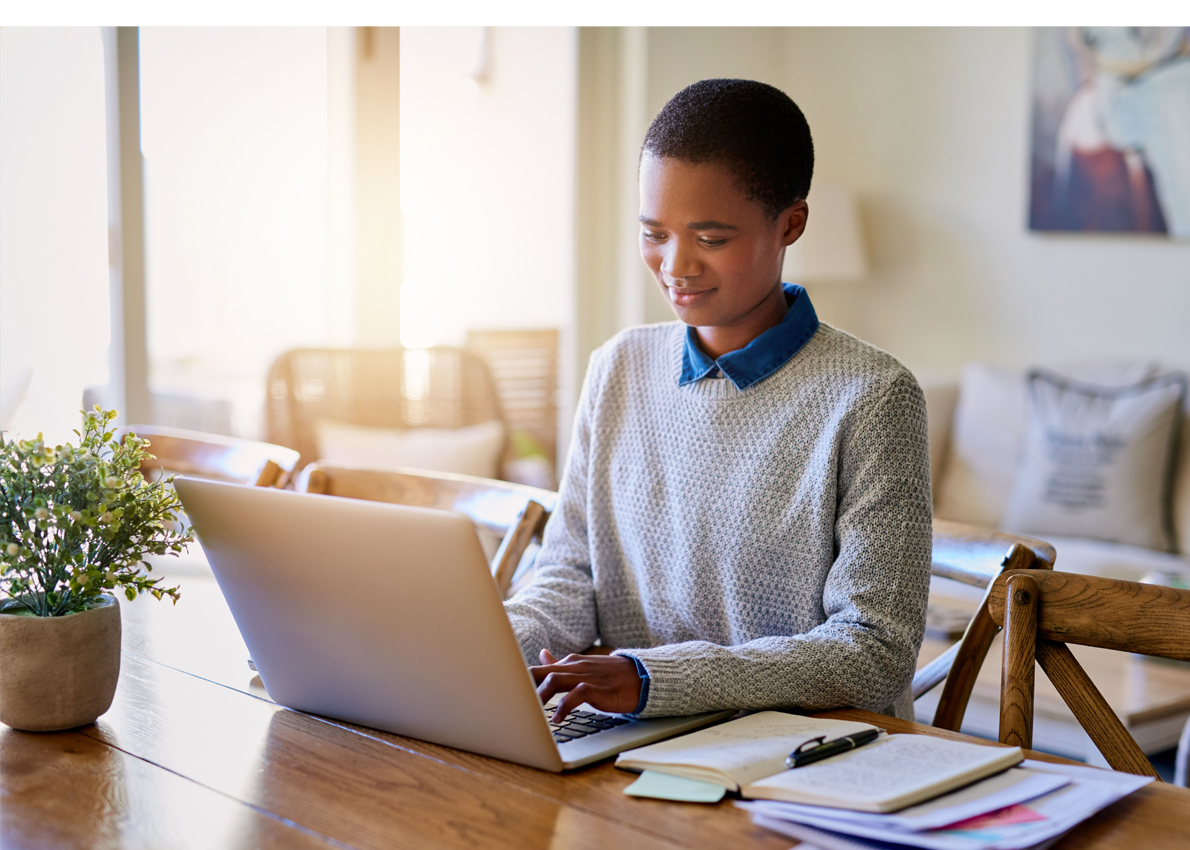Beyond Lockdown: Versatile Apartment Design Post Covid-19
For the last 35 days, the UK has joined populations across the world and stayed at home. An estimated 14% (43% in London) of us live in apartments. Minimum sizes for new build apartments are typically 50 sqm for a one bed, 70 sqm for a two bed and 86 sqm for a three bed.
The longer the lockdown remains in place, more and more activities are being carried out within bedrooms and lounges and on balconies and small roof terraces in apartments across the UK. Online gym and fitness sessions, technology enabled family and social gatherings via apps such as Zoom and take up for takeaway and online alcohol sales have soared. Perhaps the biggest change is working from home (WFH) – something which has been steadily on the rise in the last few years, however the outbreak of the coronavirus (COVID-19) has forced millions to work from home for the first time ever. It’s been called the nations great WFH experiment! With social distancing measures set to be in place beyond when the lockdown is lifted, and a population having experienced the impacts of a pandemic, will this force a rethink to how residential properties are designed for years to come?
The question of whether some of these new ways of living will stick beyond lockdown is thought provoking and complex. Recent research from the pollster Ipsos Mori suggests the lockdown will have been an agent to accelerate changes in behaviour and consumer habits that were already emerging (such as online shopping). Behavioural scientists and arguably common sense also suggest that as inherently social creatures humans will want to resume face to face contact with their colleagues, friends and families when they can do so safely. However, some of the new ways and habits developed during lockdown are likely to stick. Even after the current enforced lockdown is lifted and social distancing is finally eased many companies will still encourage their employees to work from home.
It is also important that prior to COVID-19 the relatively small floor plates of typical city apartments meant that good design was essential to maximise versality to allow households to live well in them.
What This Means for Apartment Design
As an SME developer with a number of residential schemes in the planning pipeline Merchant Land has been giving some though to the design changes that developers may have to look at ensure that new homes are suited to any emerging trends in the ‘’new normal’’. They are:
- Buildings that are accessed using technology on ‘high-touch’ surfaces by installing voice-or motion-activated interfaces on lifts and in other areas traditionally operated by keypad.
- Installation of higher specification air quality filters and ventilation systems.
- Provision for residents online deliveries to be received and stored safely in parcel lockers.
- 5G provision in new buildings to provide all residents with excellent connectivity.
- Defining how apartment accommodation can be suitable and affordable for single person households – either high quality studio accommodation or apartments designed for adult sharers which afford each resident sufficient space and privacy to work and relax at home.
- Defining how apartment accommodation can be suitable for multi generation family living. Whilst space and privacy are as equally important so will be considering the needs of younger children and older adults if there is to be more reliance within the domestic space rather than outside the apartment walls.
- More flexible floorplates and room layouts that are adaptable for people to be able to do a range of different activities at home by either using zoning (such as dedicated study areas) or providing genuinely versatile space. With study areas this could include desks that can be folded back easily after use to create space for socialising or exercise. A similar approach could be used for indoor play dens for young children.
- Communication hubs allowed for within the apartments and located where its practical to do effective video conferencing (space to sit down, not positioned directly opposite a bathroom door etc)
- Increased private and communal amenity provision that provides enough space for using for outdoor eating, mat based exercise or relaxing on seating
Designing for hygiene within the common areas (developing layouts specifying materials with anti-bacterial and viral considerations). Some of these are newer considerations as a direct result of COVID 19, other points are not new or unique to the lockdown implications. Aspiring to provide apartments that provide genuine versatility is highly challenging. Space in London is expensive, and developers are by no means immune to this with viability being squeezed often beyond its limits without considering the economic impacts of a pandemic. Providing significantly larger (and so then less viable or affordable apartments) is unrealistic and so design in terms of layouts and material specification will be the main way to try and deliver this versatility. There would be cost or risk of cost involved and therefore beneficial for both the developer and the end user if central and local government were to investigate the social benefits of greater versatility and quality within apartment design and seek to get under the skin of this further so they can support this industry to provide versatile apartments for the range of household types that rely on apartment living in urban locations.
As things start to return to a ‘’new normal’’ over the next few weeks and months Merchant Land will continue to consider this further as an SME developer in urban locations and will welcome further conversations around this with both local authorities and our design teams.
References
Ipsos.com. 2020. Media in Context: The Changing Role of Media In COVID-19 Lockdown. [online] Available at: https://www.ipsos.com/sites/default/files/ct/publication/documents/2020-04/media_in_context_final.pdf

